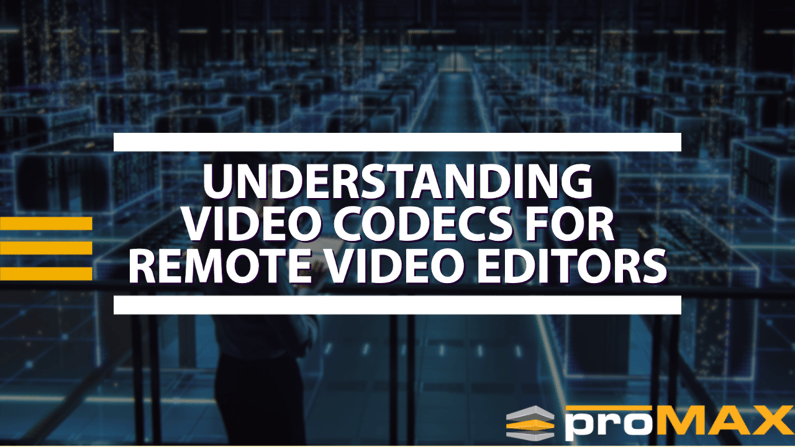Introduction
As a remote video editor, having a solid understanding of video codecs is crucial. These codecs play a significant role in determining your video files' quality, size, and compatibility. This blog will explore the top five video codecs that every remote video editor should be familiar with.
-
H.264: H.264 is one of the most widely used video codecs, known for its excellent compression capabilities. It balances video quality and file size well, making it ideal for remote video editors who often need to transfer files over the internet. H.264 is compatible with various devices and platforms, ensuring your videos can be played back on different systems.
-
ProRes: Developed by Apple, ProRes is a high-quality video codec primarily used in professional video editing workflows. It offers exceptional visual fidelity and is especially popular among remote video editors working on Mac systems. ProRes provides various profiles, such as ProRes 422 and ProRes 4444, catering to different needs for editing and delivery.
-
DNxHD/DNxHR: DNxHD and DNxHR codecs, developed by Avid Technology, are commonly used in the post-production industry. These codecs are known for their efficiency and ability to preserve high-quality video while minimizing file sizes. DNxHD is ideal for HD video editing, while DNxHR supports higher resolutions, including 4K and beyond. They ensure smooth playback and editing even in remote environments.
-
HEVC (H.265): High-Efficiency Video Coding (HEVC), also known as H.265, is a next-generation video codec that offers improved compression efficiency compared to H.264. It significantly reduces file sizes while maintaining high-quality video, making it ideal for remote video editors dealing with limited storage space or bandwidth constraints. HEVC is gradually becoming more widely supported by devices and platforms.
-
VP9: VP9 is an open and royalty-free video codec developed by Google. It provides efficient compression and high-quality video playback, making it popular for web-based video streaming platforms like YouTube. As a remote video editor, understanding VP9 can be valuable when optimizing videos for online distribution or collaborating with clients who prefer this codec.
Conclusion
Being well-versed in video codecs is essential for remote video editors to ensure optimal video quality, compatibility, and efficient file transfer. This blog has introduced you to the top five codecs, including H.264, ProRes, DNxHD/DNxHR, HEVC (H.265), and VP9. Understanding these codecs and their applications can enhance your video editing workflow and deliver professional-grade results.
To learn more, check out our blog Top 5 IT Concepts for Remote Video Editors.


